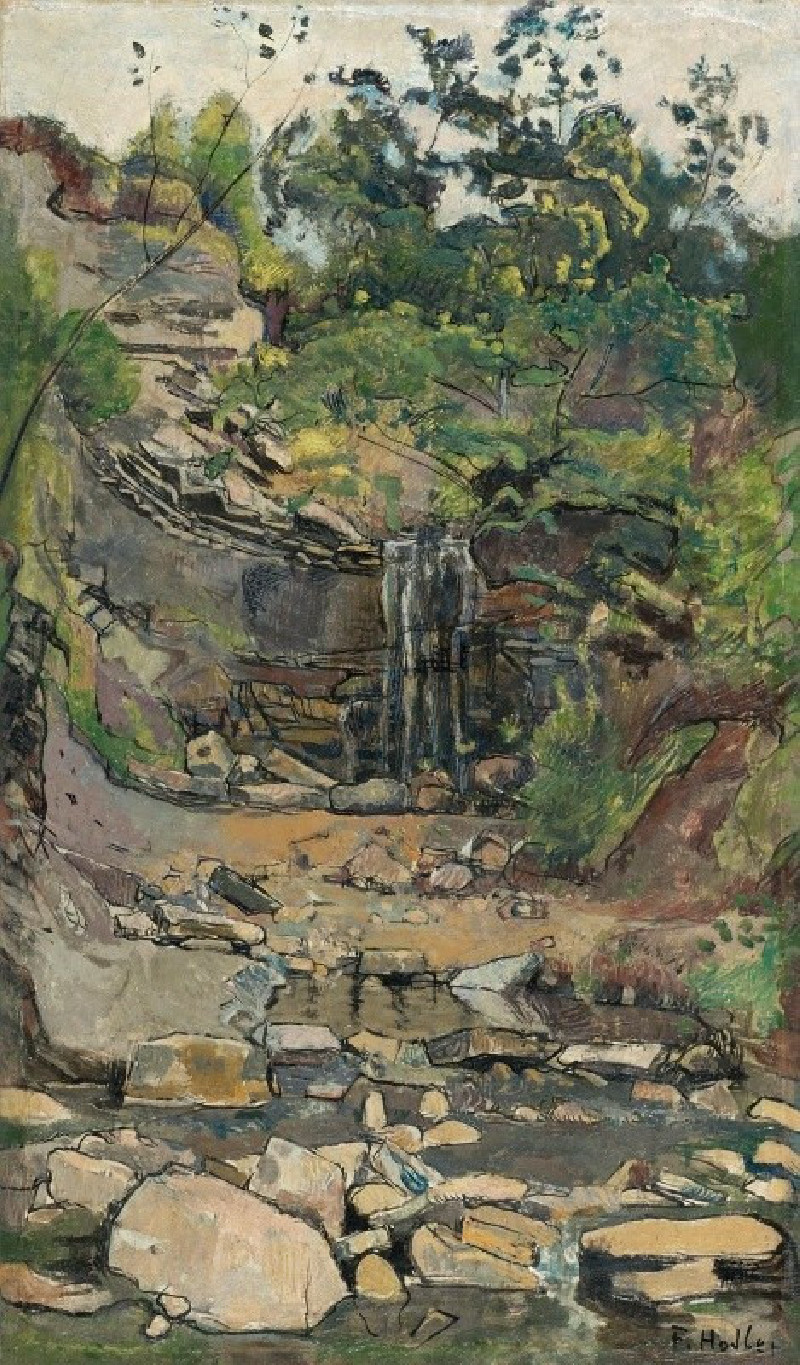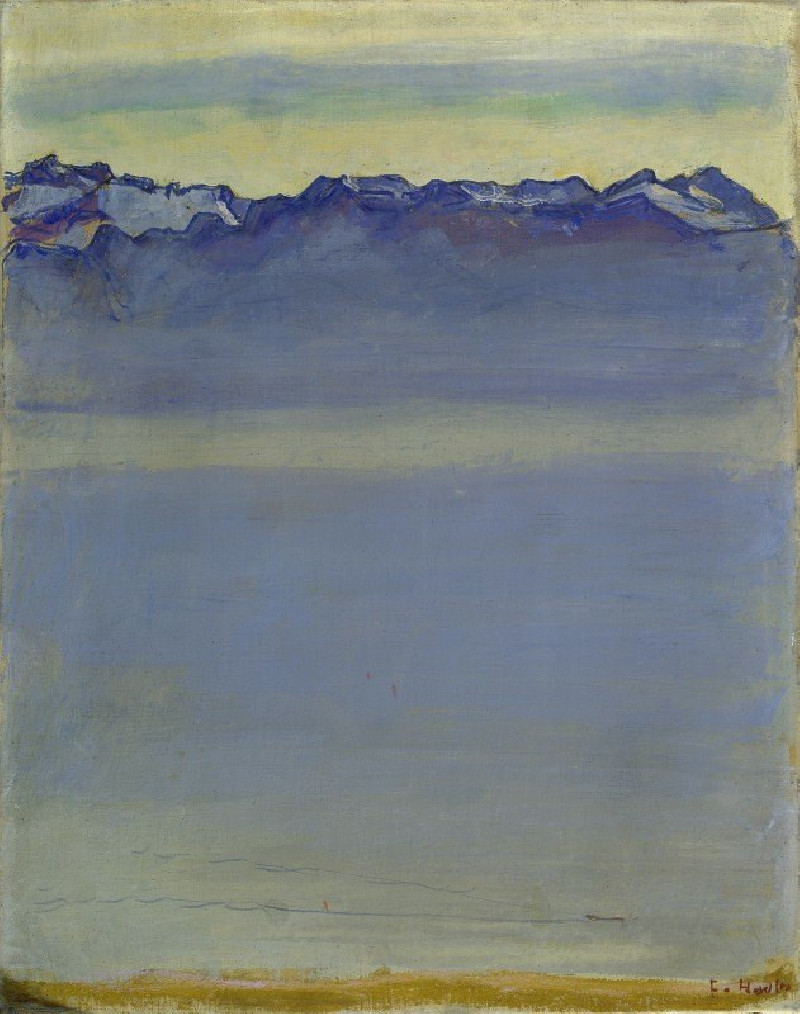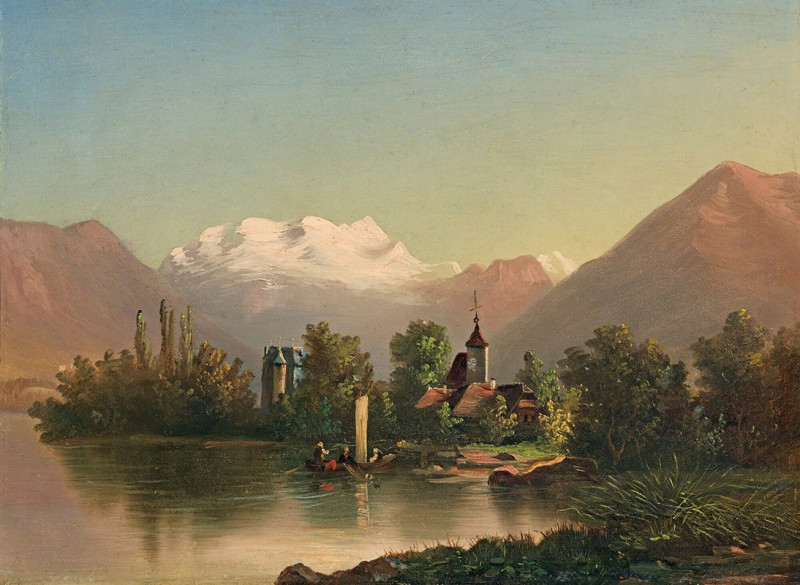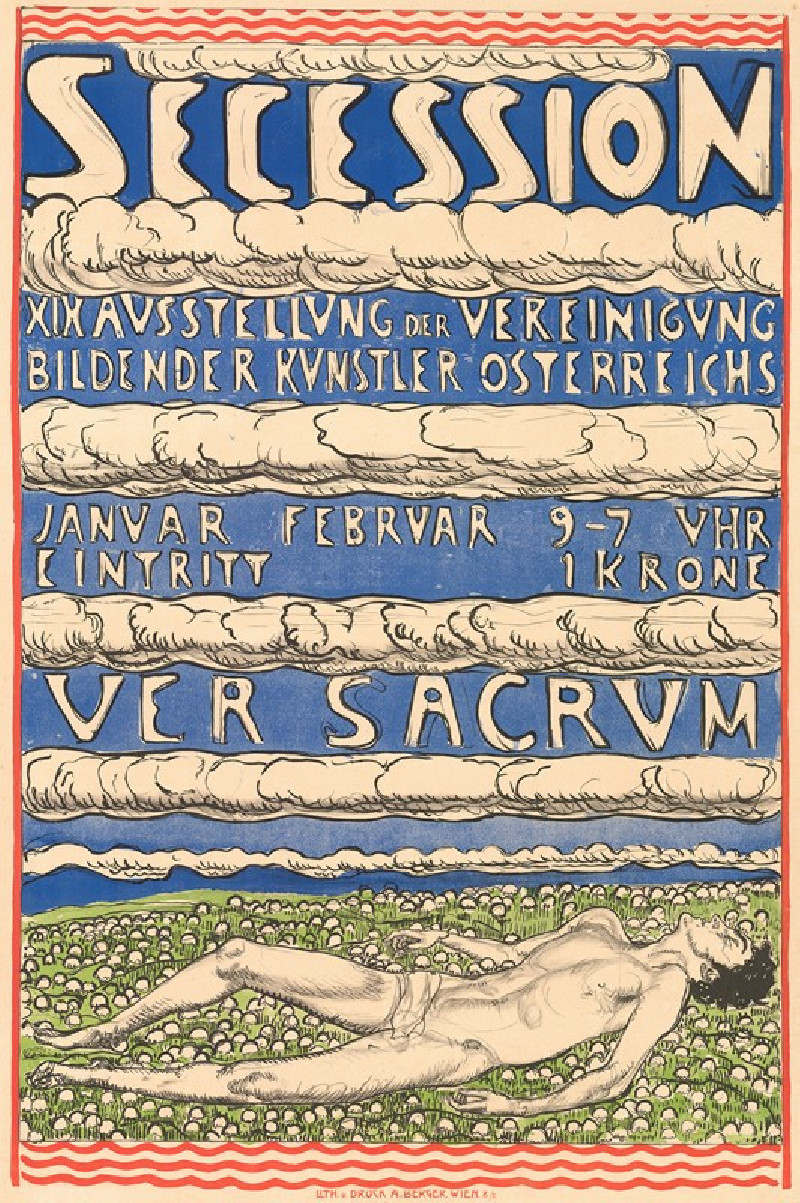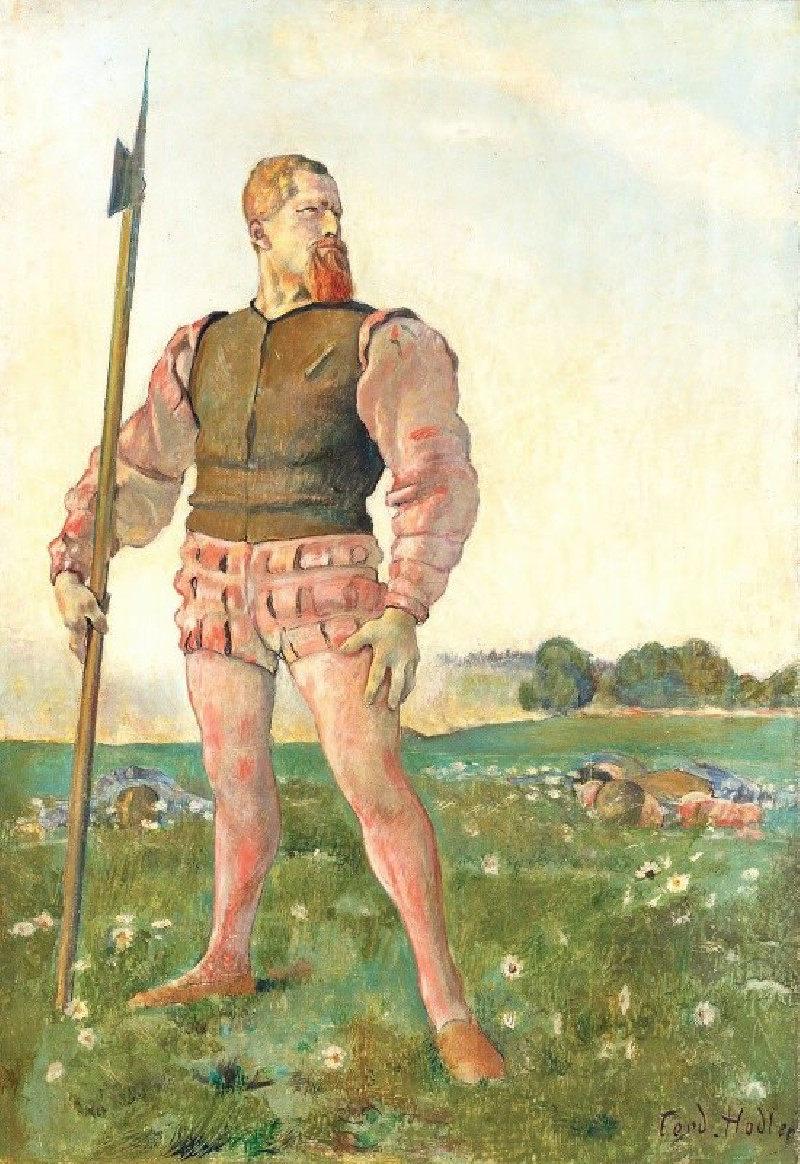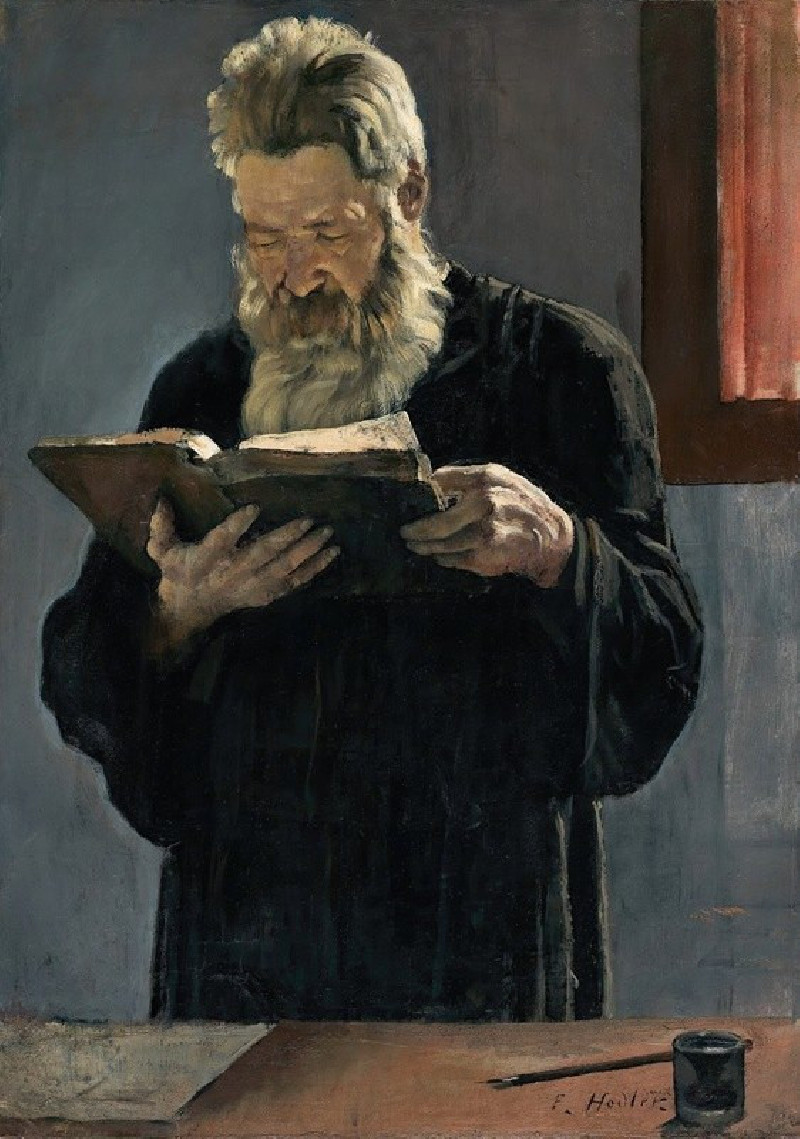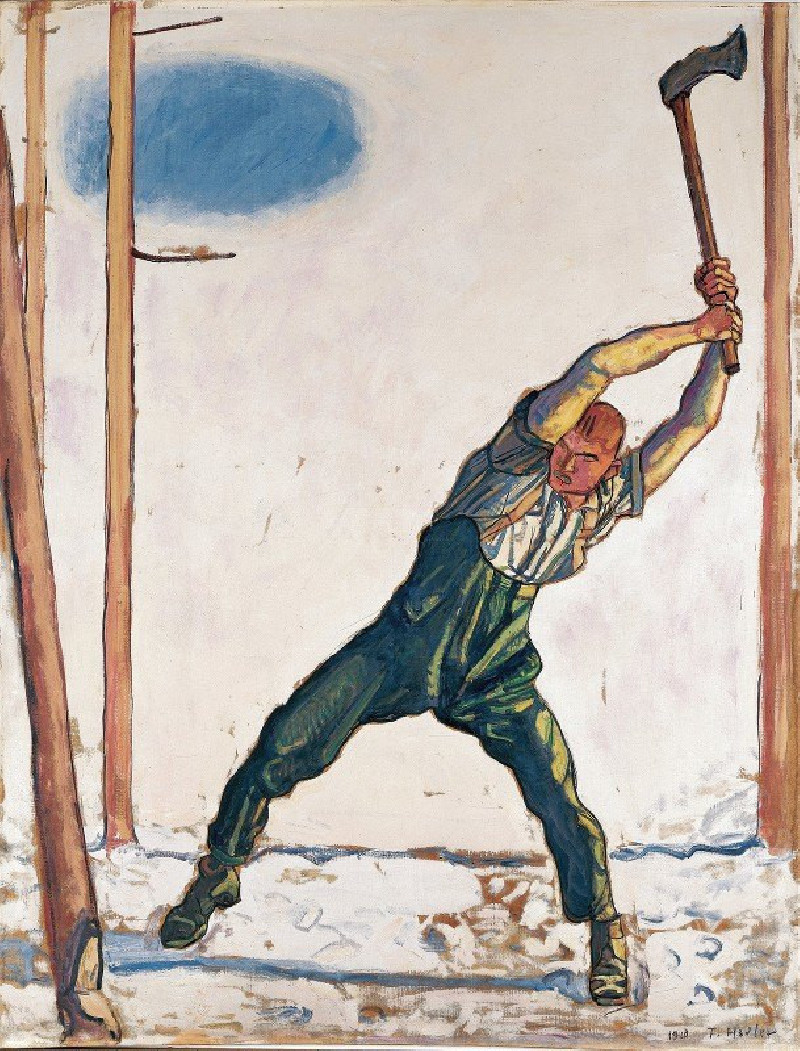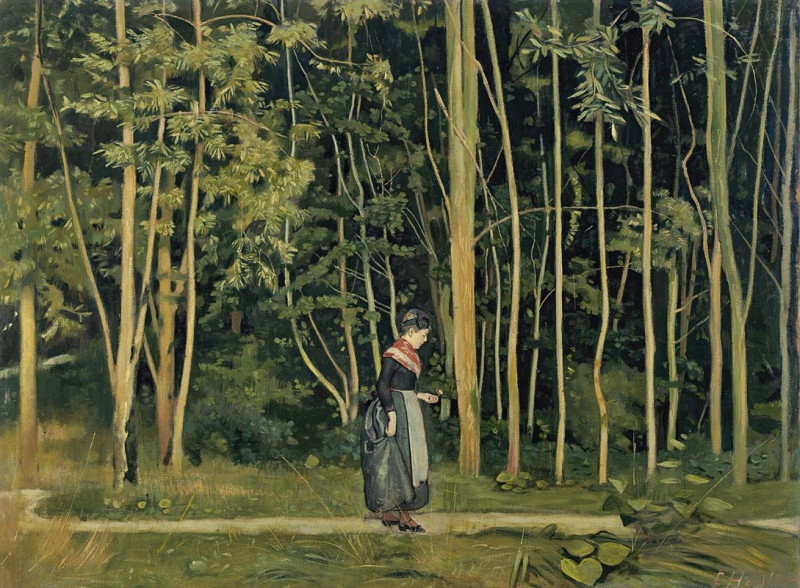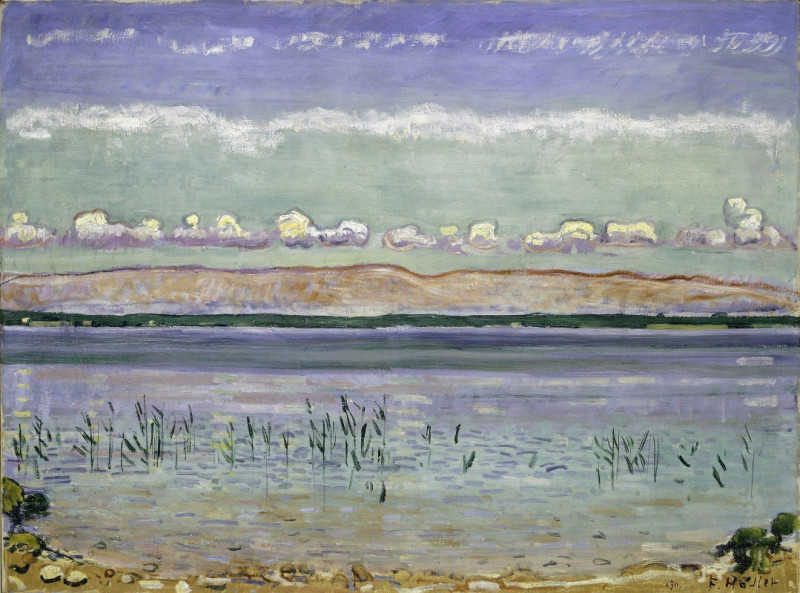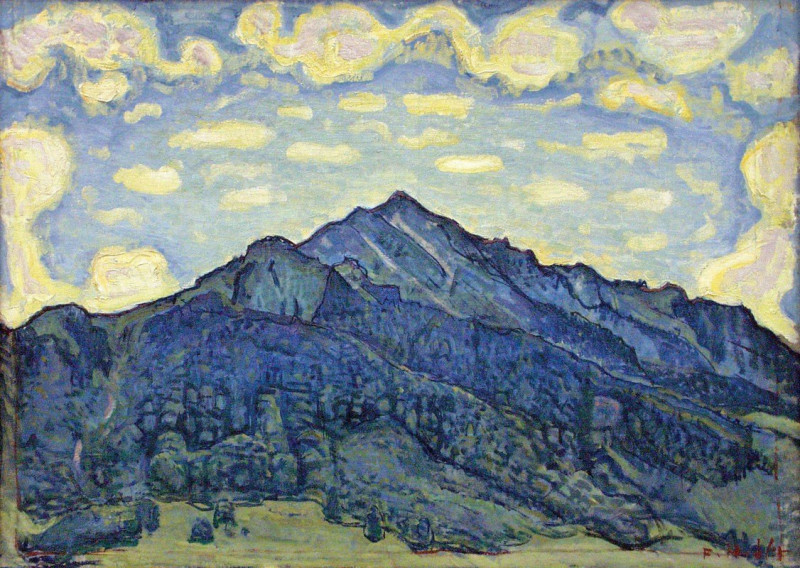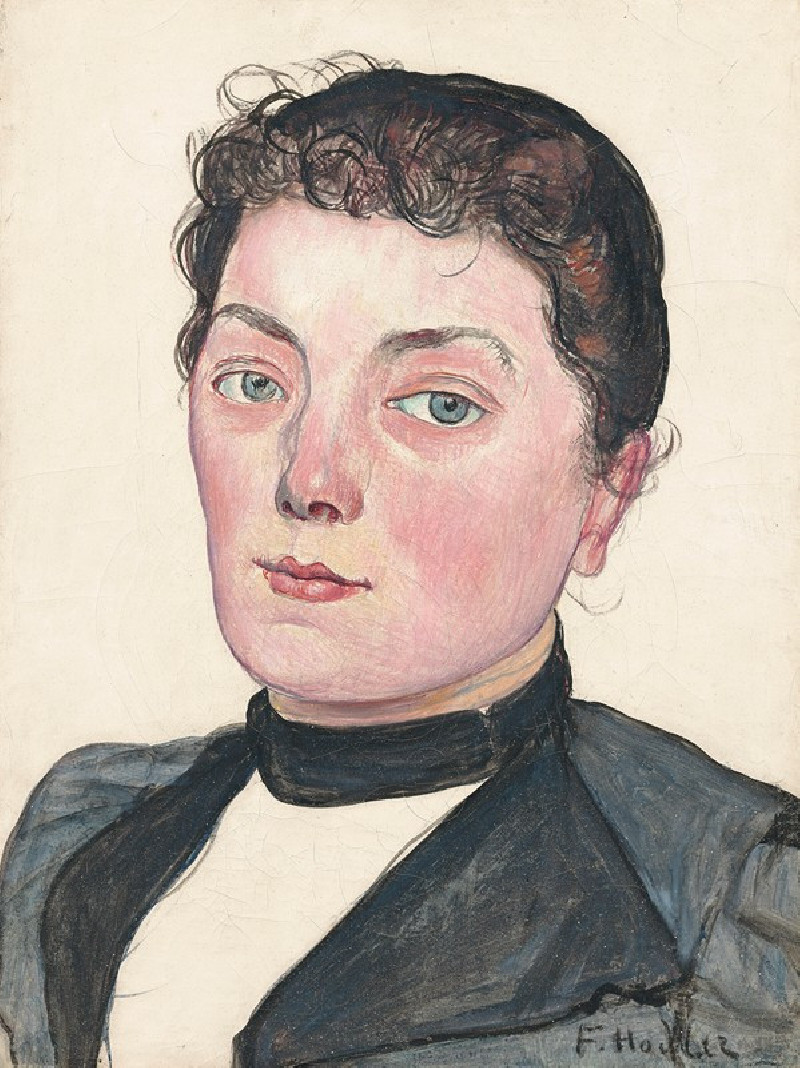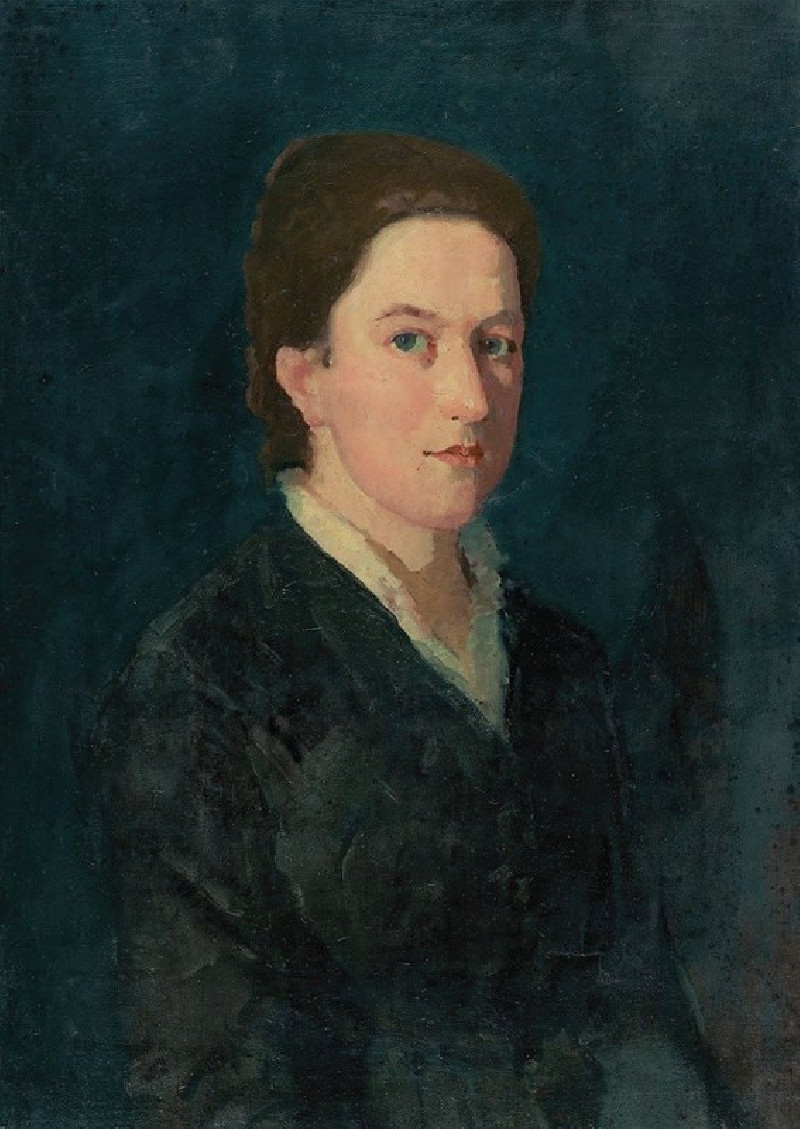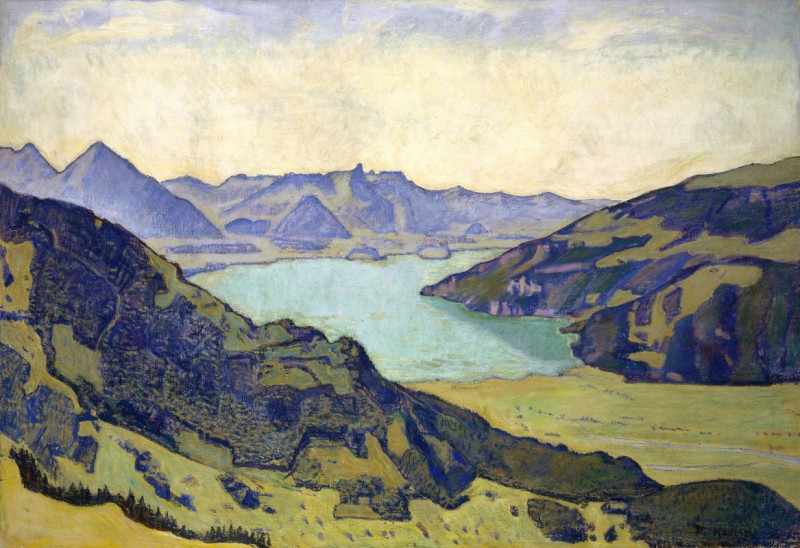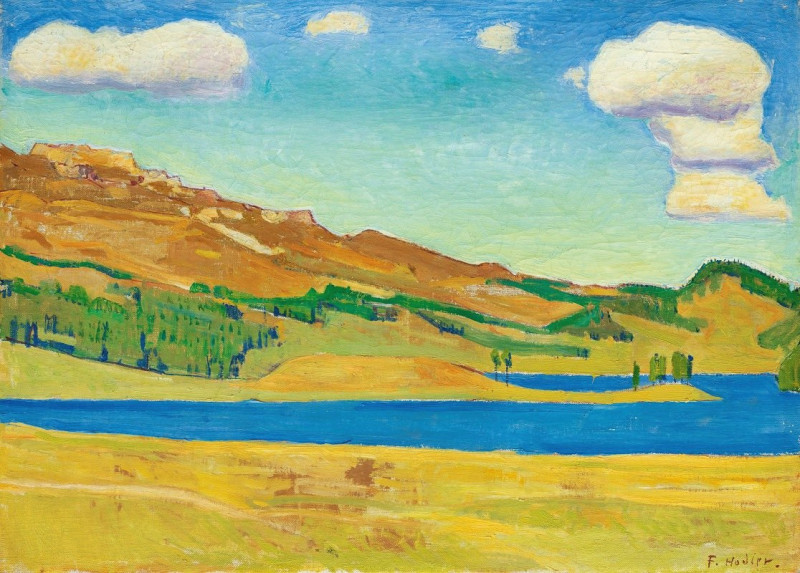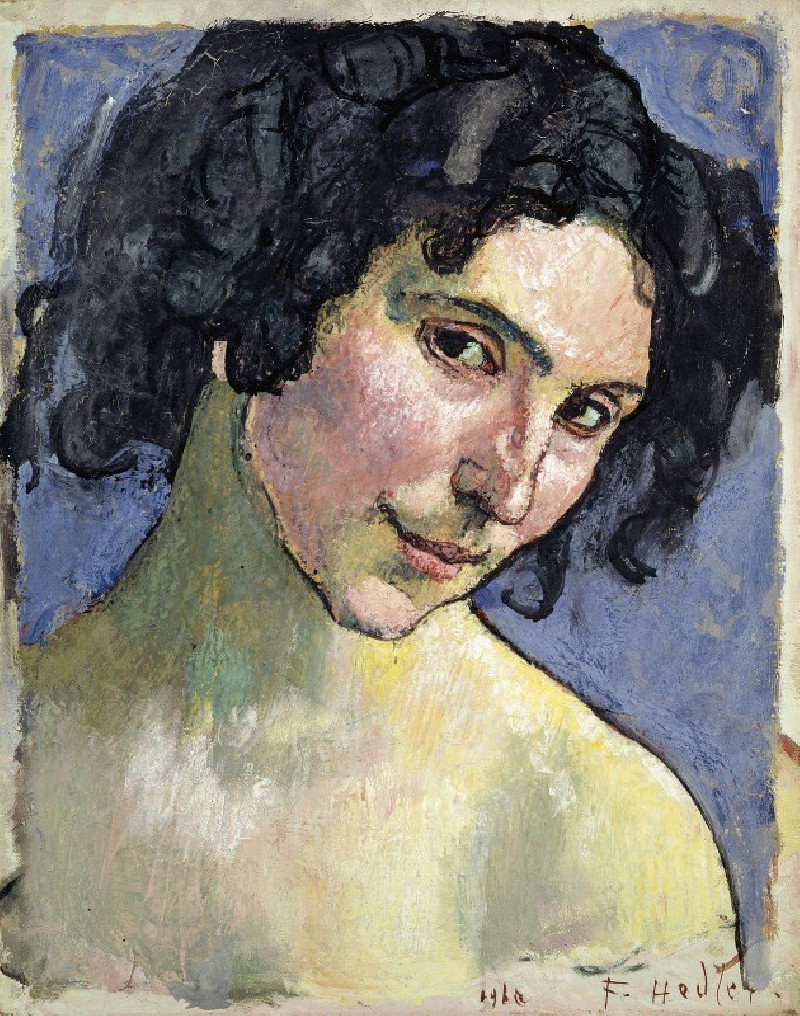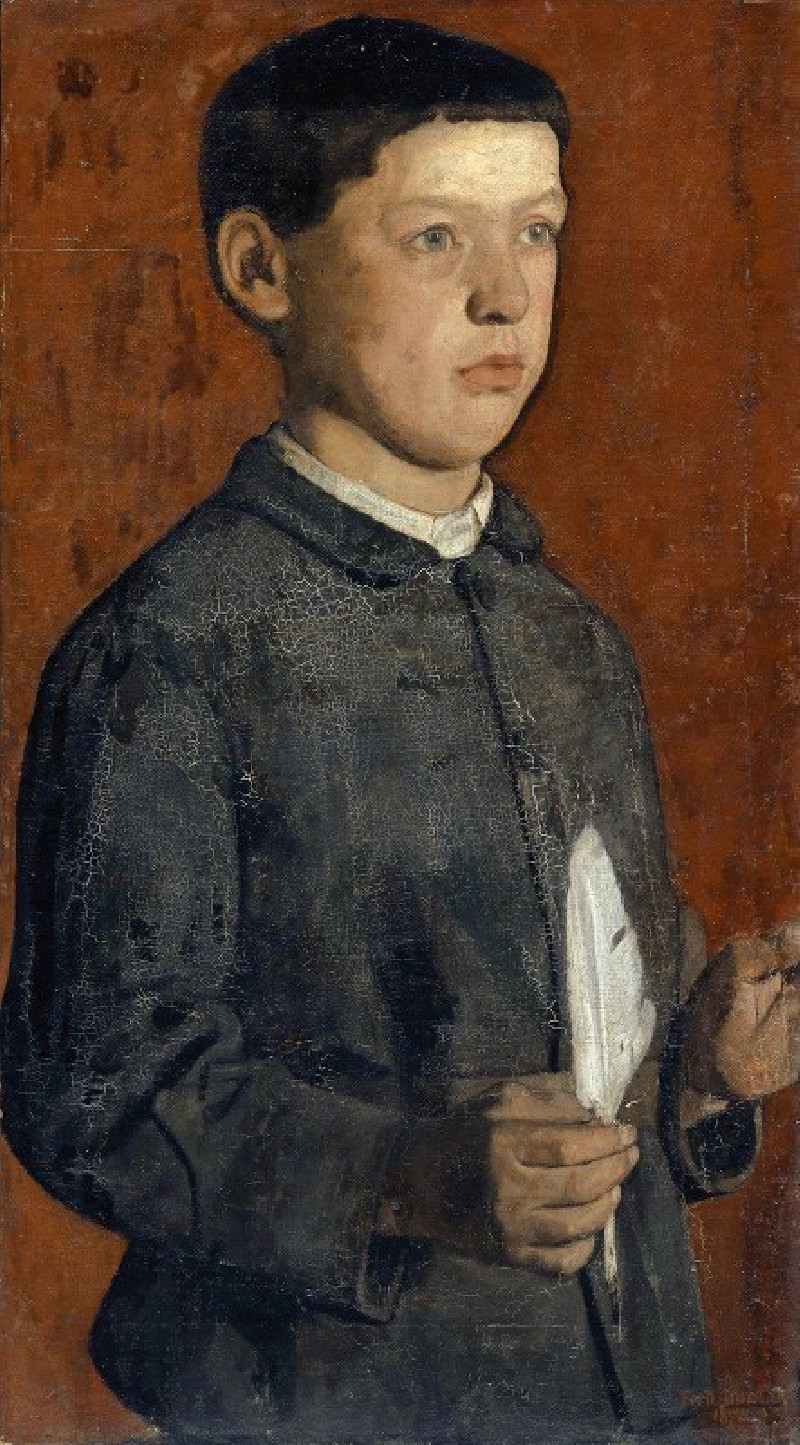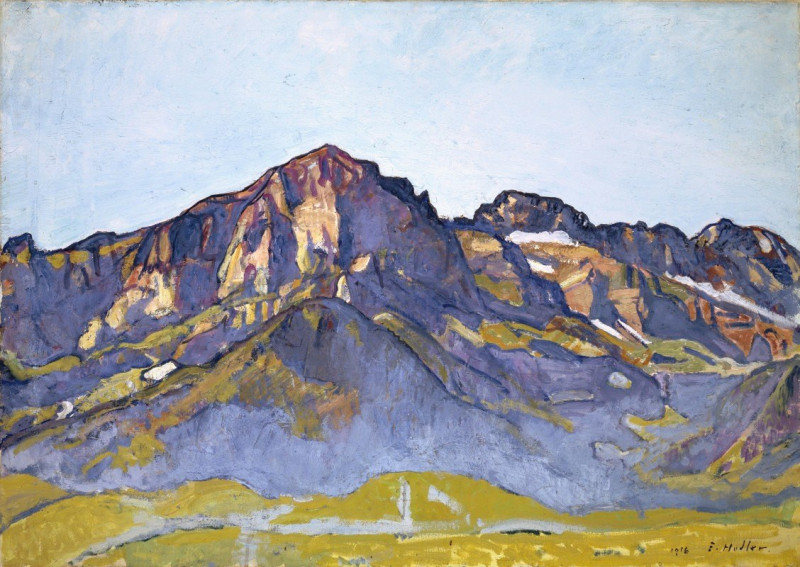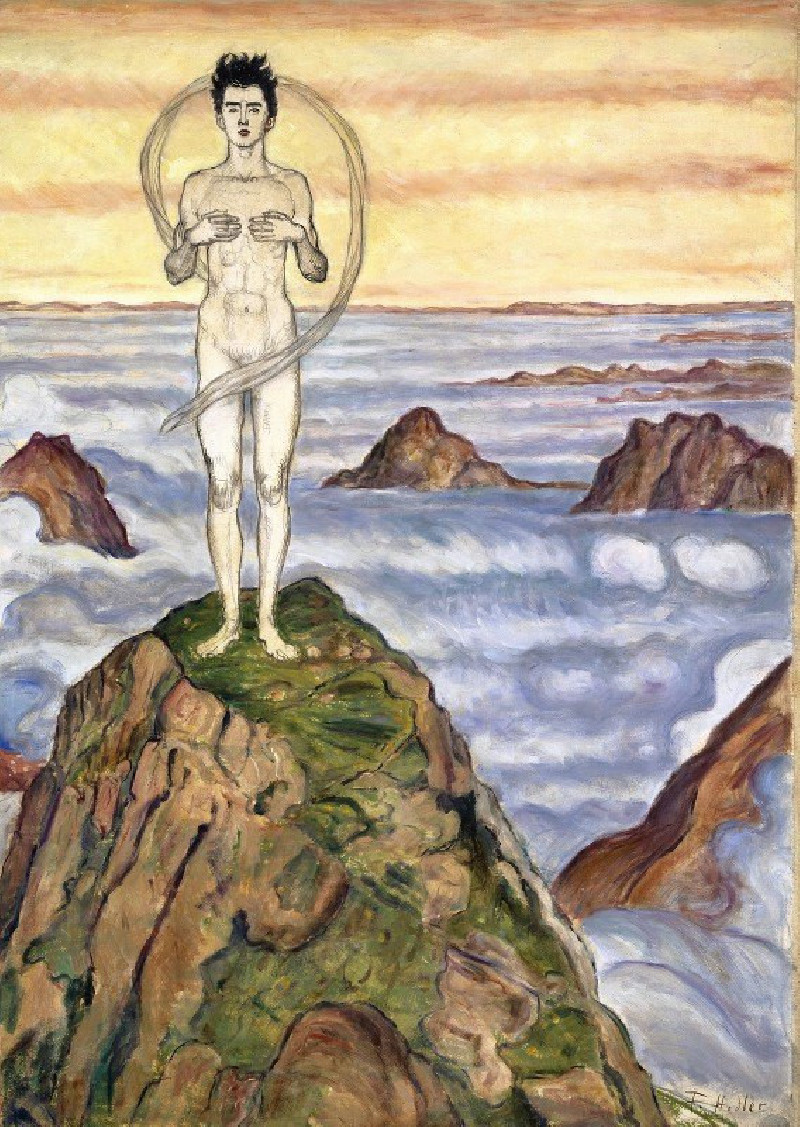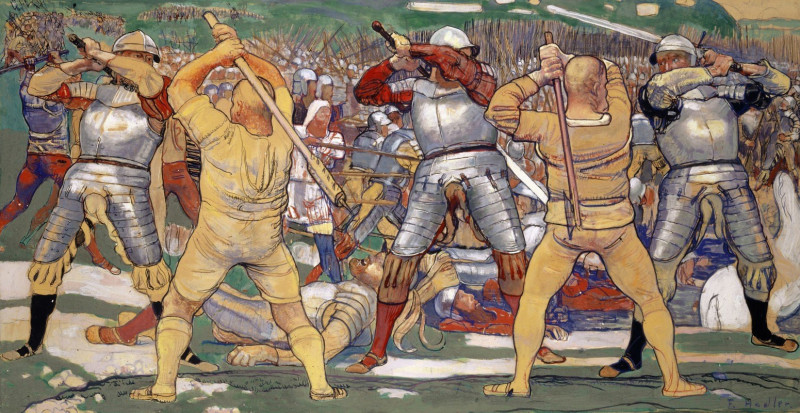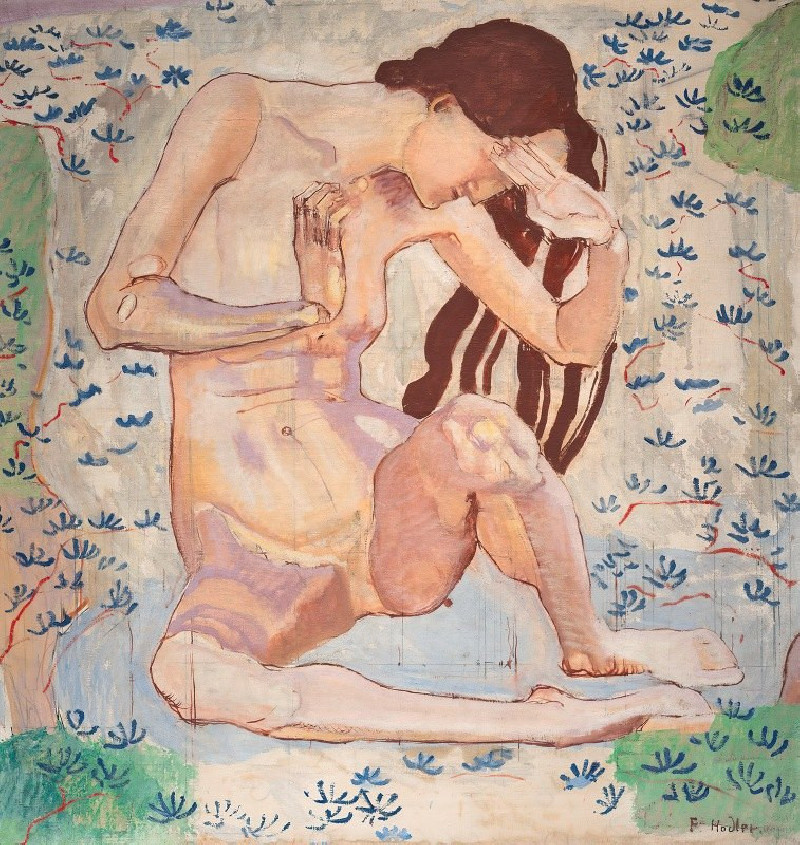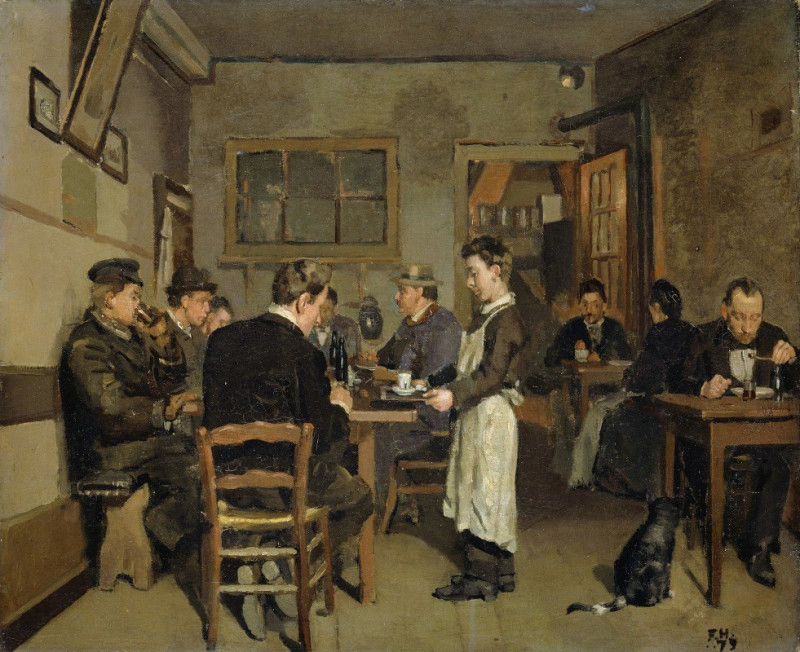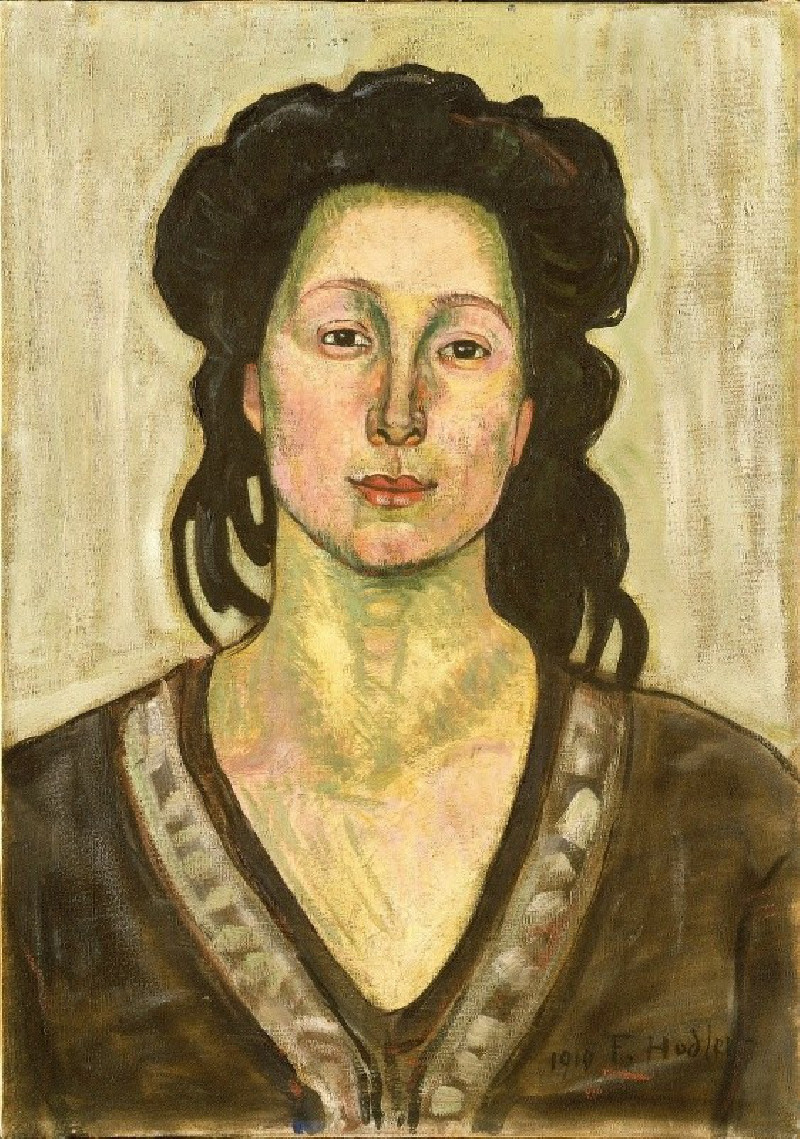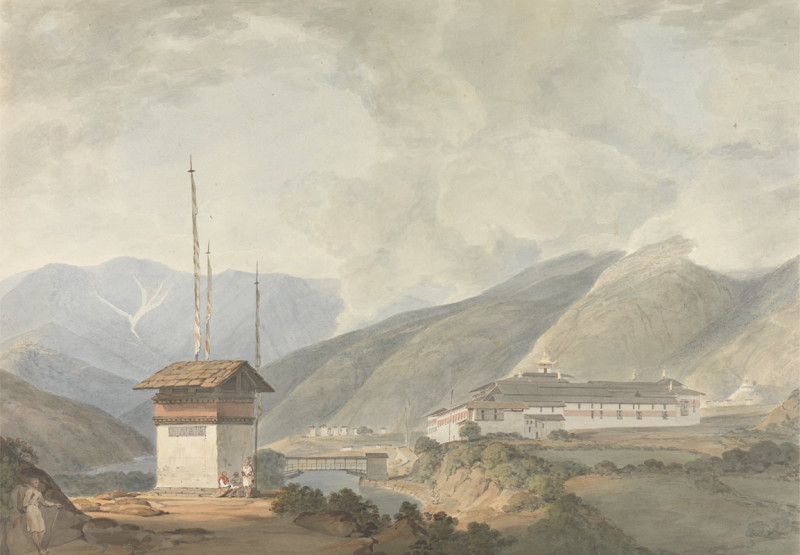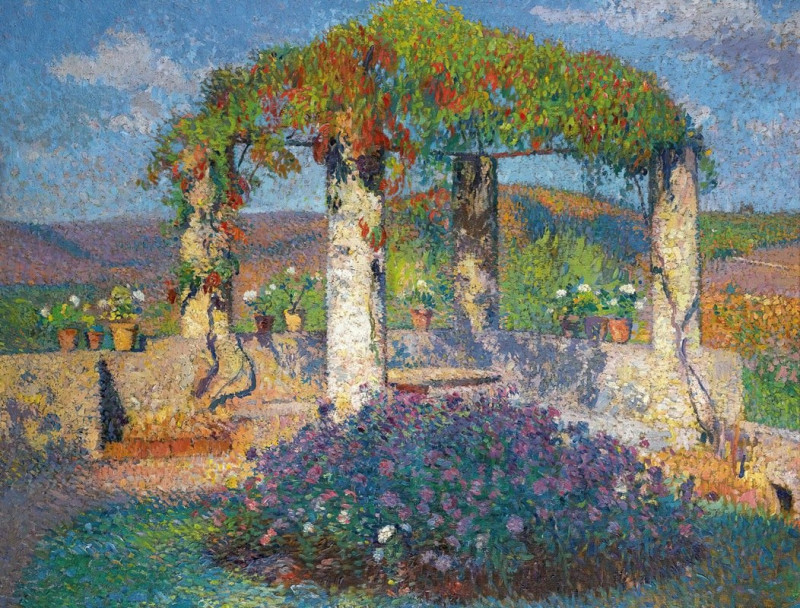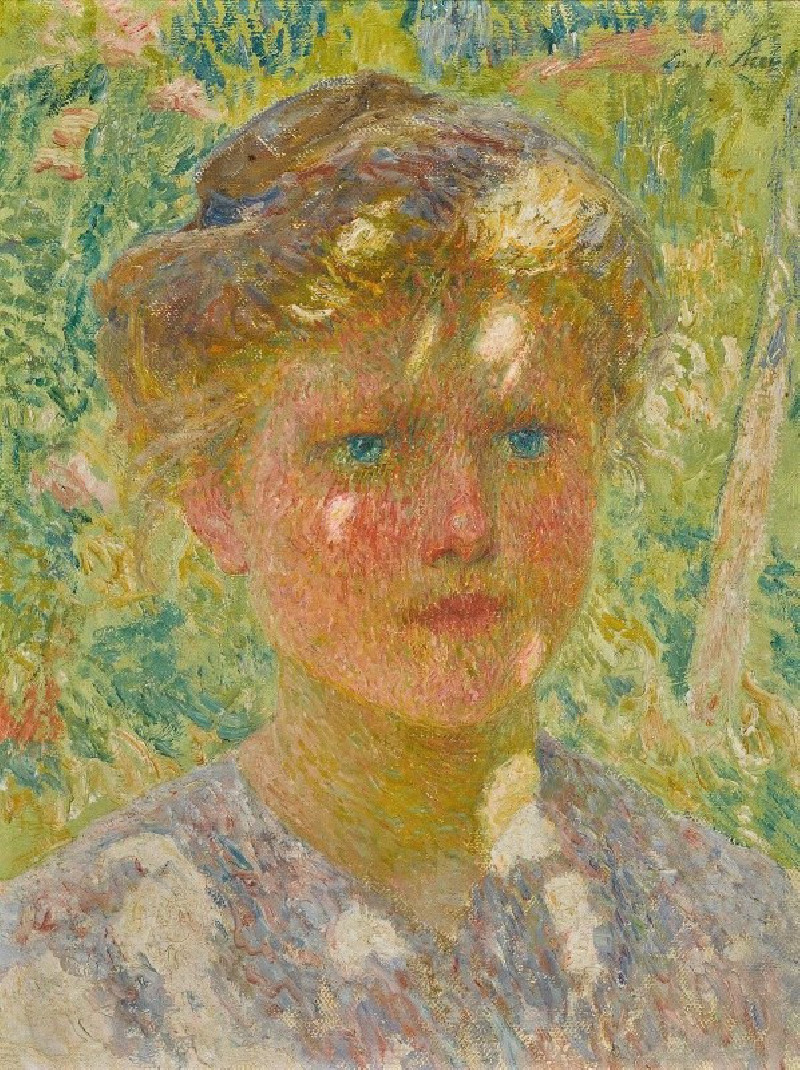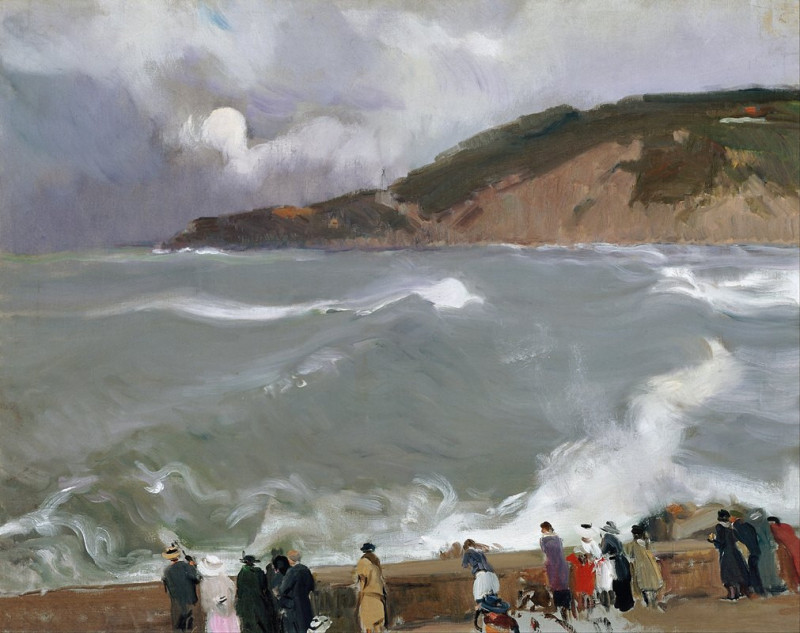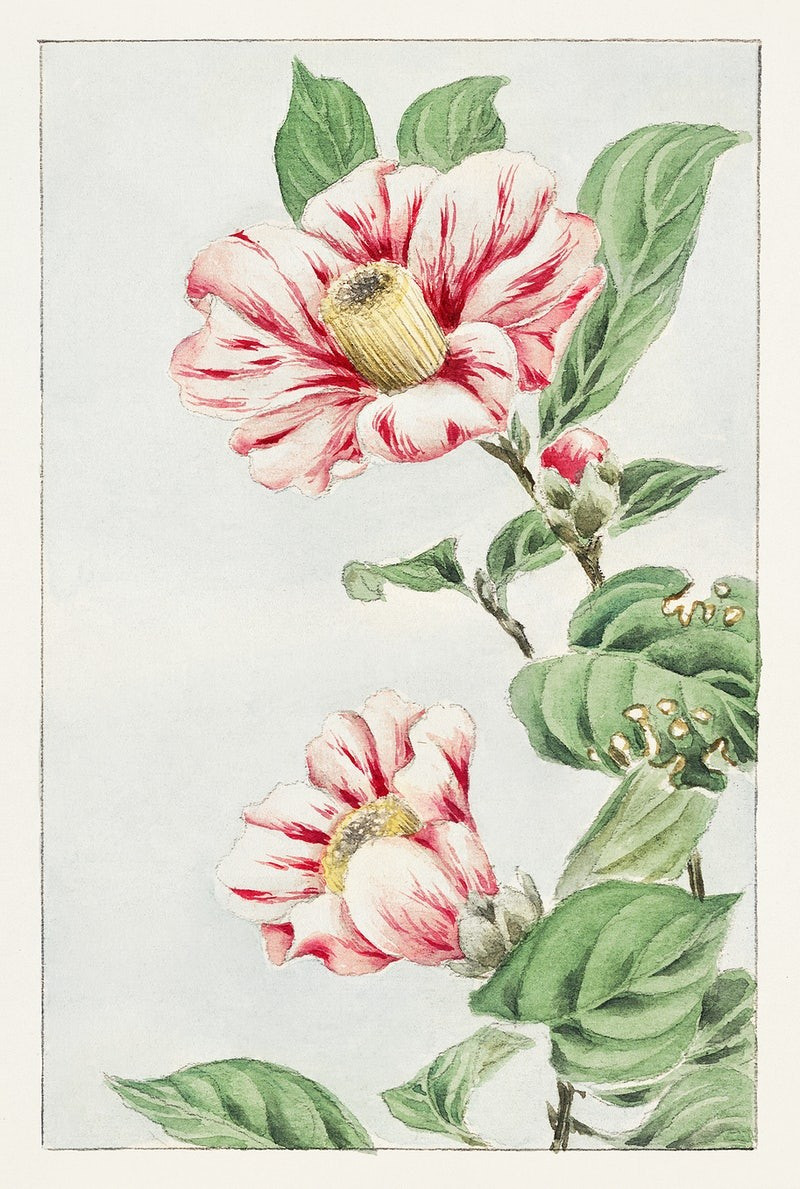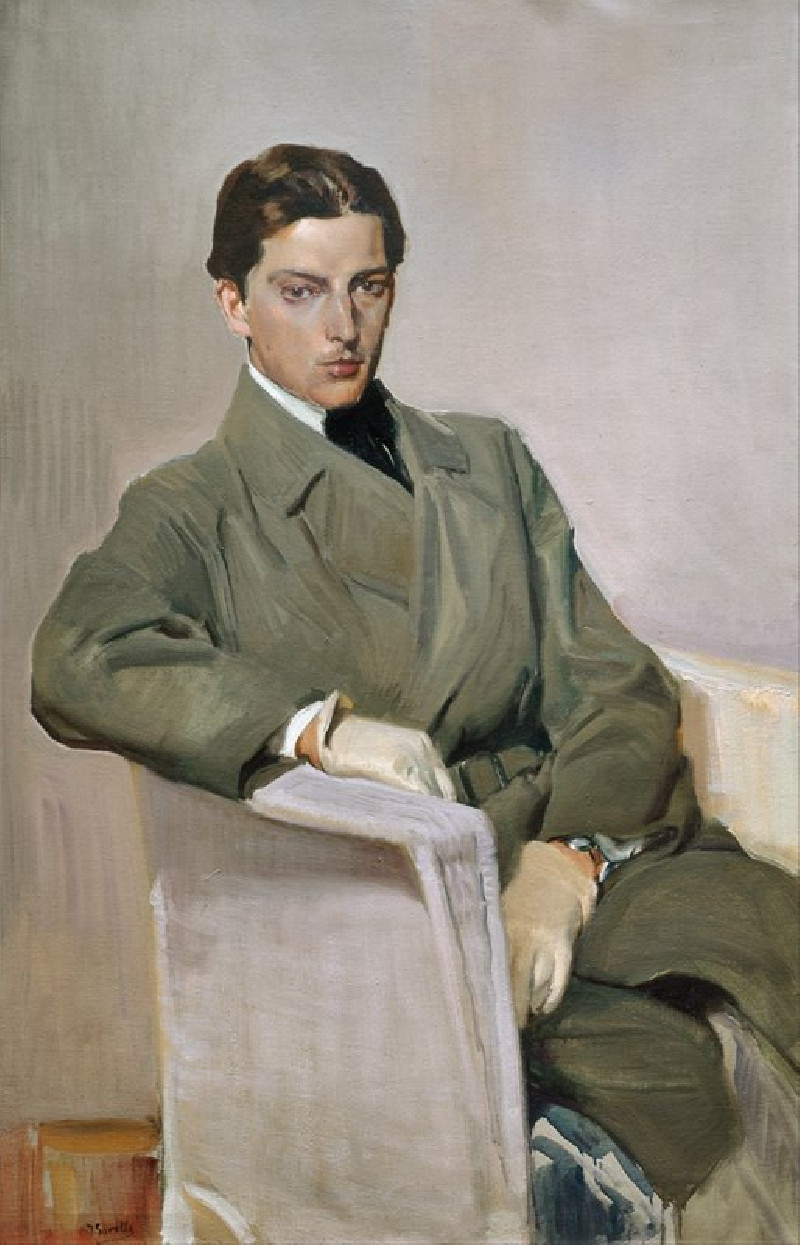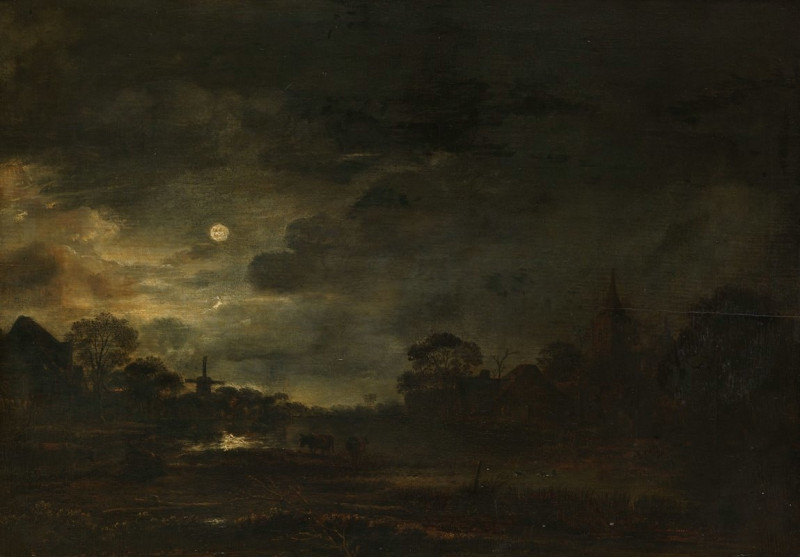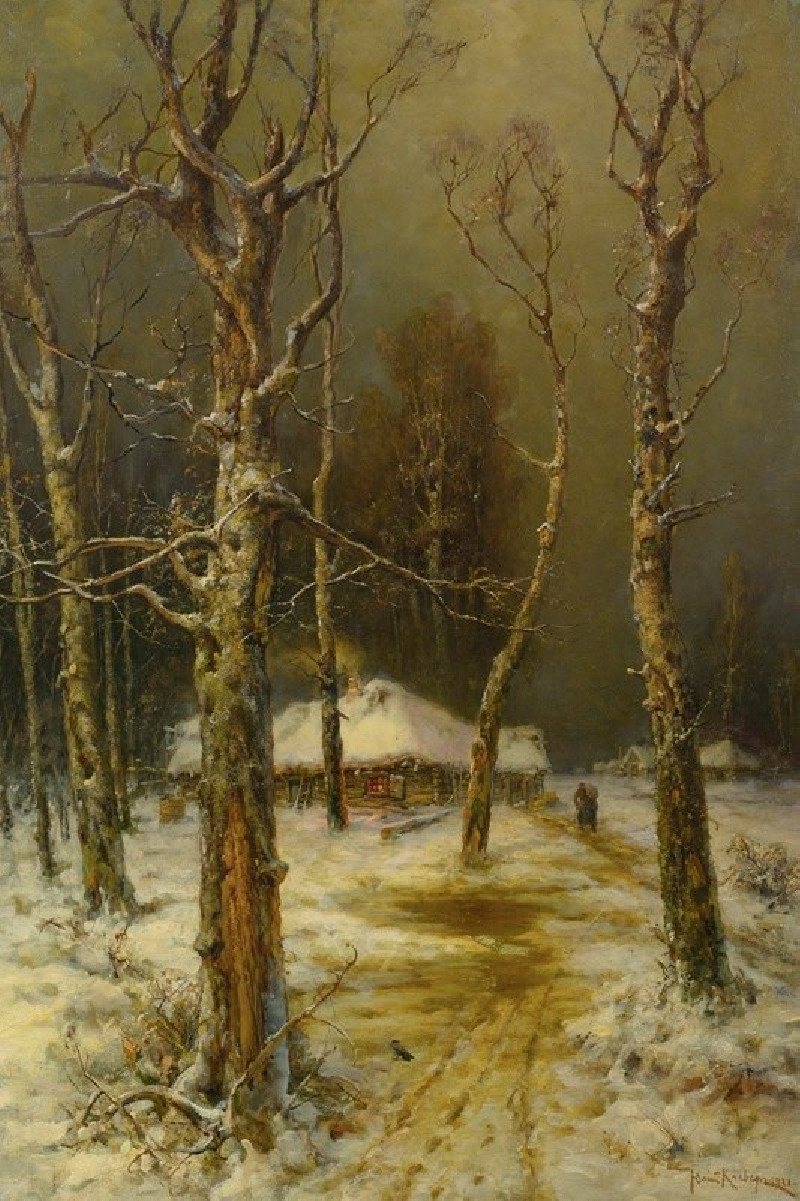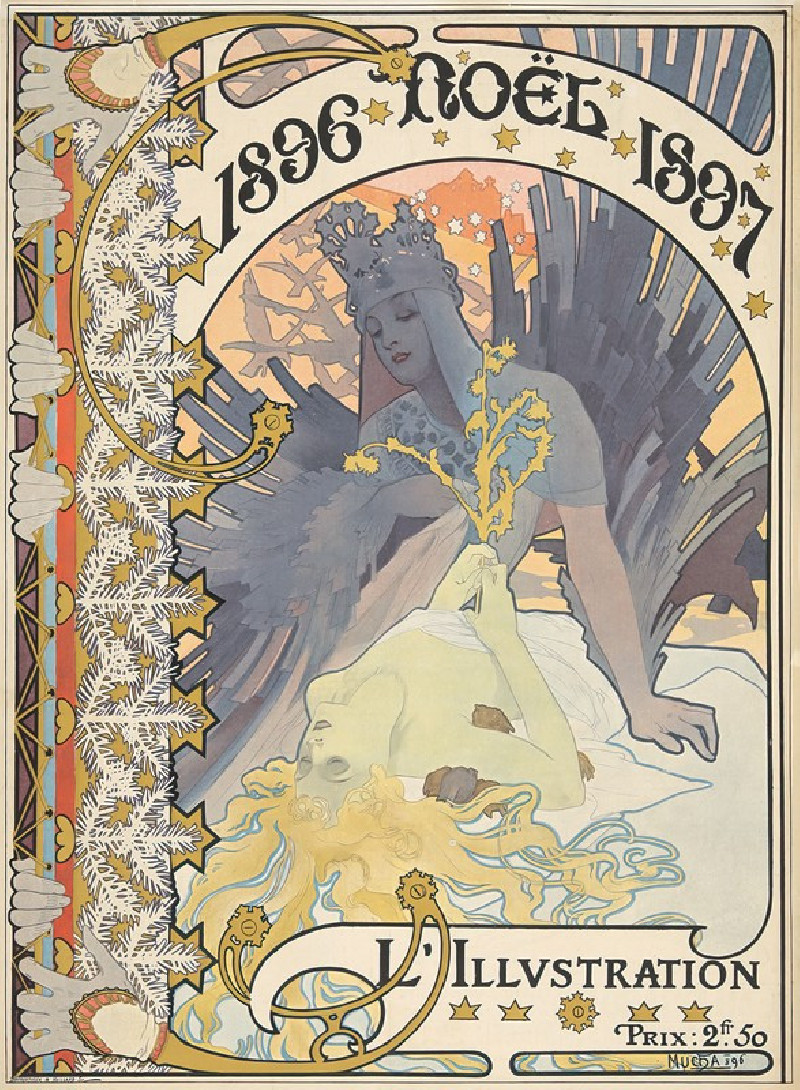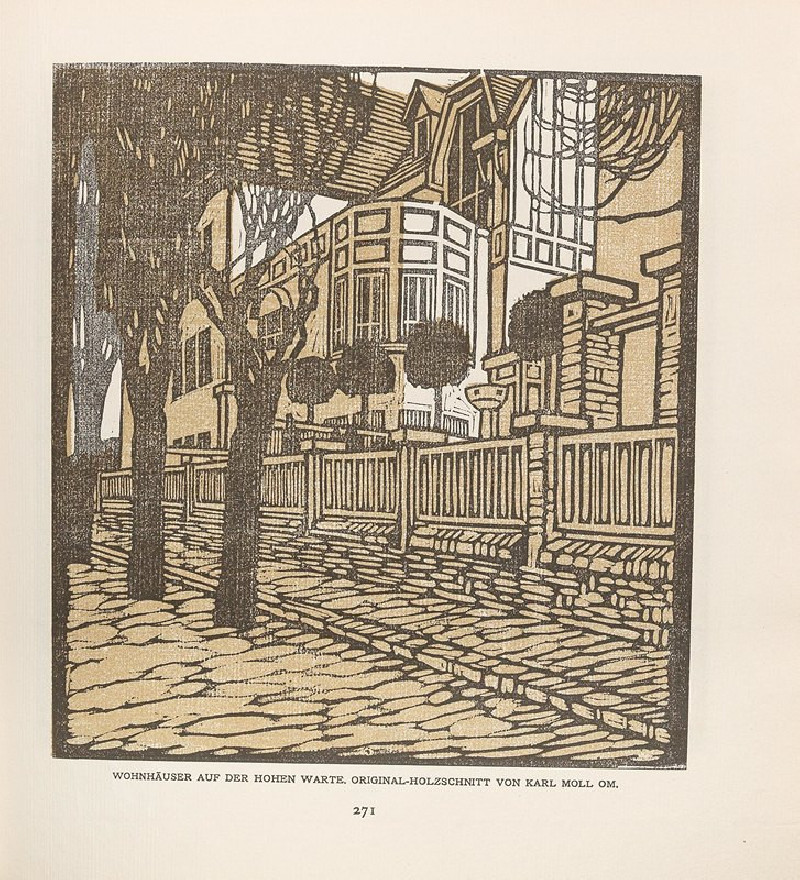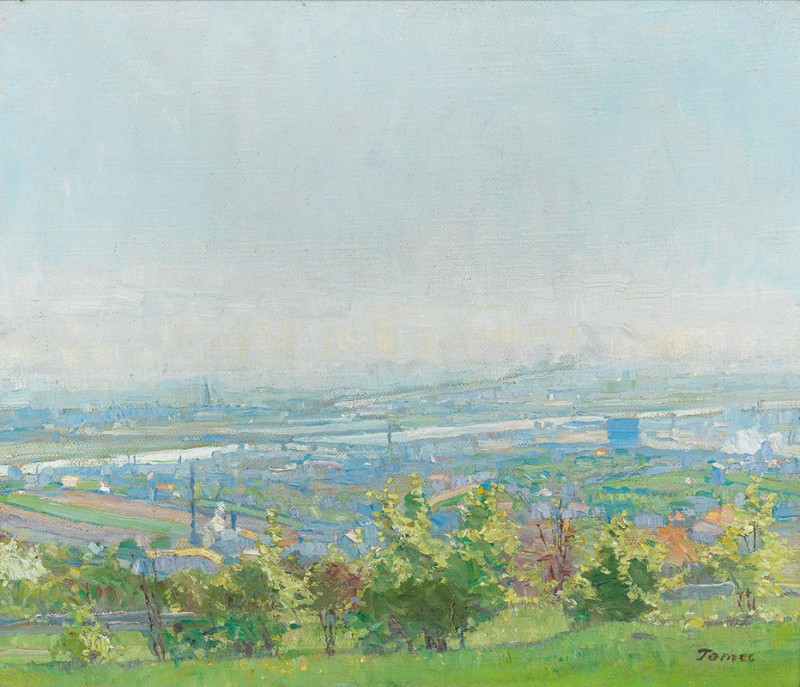Disappointed Soul (Around 1891-1892)
Technique: Giclée quality print
Recommended by our customers
More about this artwork
"Disappointed Soul" is a poignant work by the Swiss artist Ferdinand Hodler, painted around 1891-1892. This evocative piece portrays a solitary figure, seated on a bench amidst a lush, verdant landscape. The figure's posture, with head bowed and arms limply resting on the legs, symbolizes a profound sense of despair or exhaustion, possibly echoing the struggles of the human condition.The painting's background, a sweeping expanse of green meadows dotted with wildflowers and a hint of a river or a path in the distance, contrasts sharply with the central figure’s palpable sorrow. This juxtaposition might suggest the indifference of the natural world to human suffering, or perhaps the distant hope of renewal inherent in nature itself.Hodler's use of loose, expressive brushstrokes and slightly muted palette conveys the raw emotionality of the subject. The simplicity of the composition focuses the viewer’s attention almost entirely on the emotional state of the figure, making it a powerful expression of human vulnerability.


